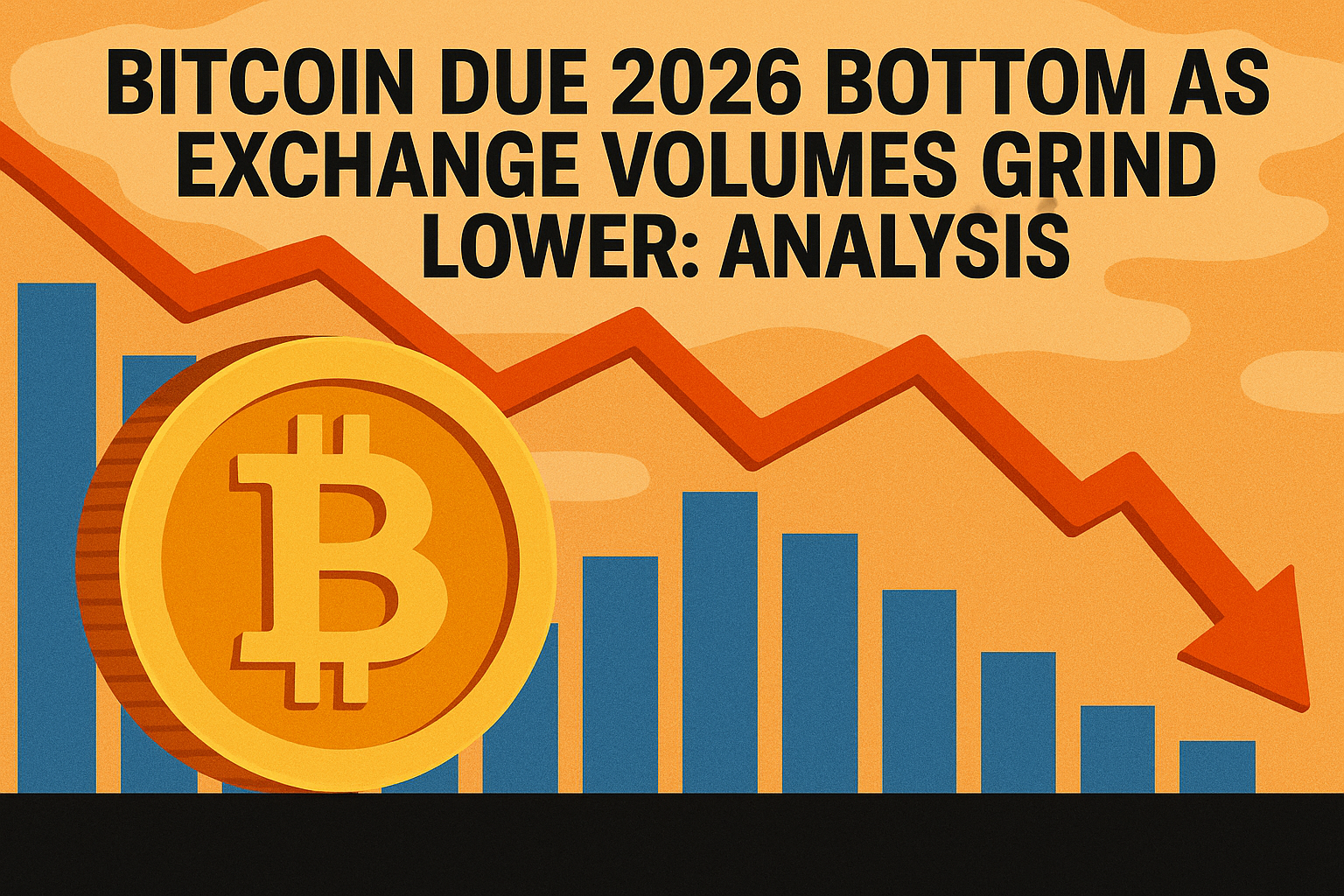Table of Contents
The cryptocurrency industry has become a rapidly growing niche within the broader financial ecosystem. As of December 2024, the global cryptocurrency market cap was approximately $3.8 trillion. With this rapid expansion, new projects are frequently launched, either as protocols on existing blockchains or on entirely new ones. This constant influx of options can make it challenging for investors to make informed decisions. In this guide, we’ll explore how investors can use fundamental analysis to navigate the space and identify what to buy.
What is Fundamental Analysis?
Fundamental analysis in cryptocurrency involves using blockchain activity, project metrics, and financial factors to evaluate a coin or token’s intrinsic value for long-term projections. Unlike technical analysis which focuses on speculating when to buy crypto assets, fundamental analysis provides insights into the best coins to invest in for profitability.
Types of Fundamental Analysis
There are three major ways of evaluating a crypto asset’s projection. These include project metrics, on-chain metrics, and financial metrics. When these three metrics are combined, crypto investors can make informed decisions based on the project's provided document, blockchain activity, and financial indicators.
What are Project Metrics and How Do They Work?
Project metrics involve evaluating cryptocurrencies based on their intrinsic value. This method is crucial for analyzing a coin or token’s potential, considering factors such as its use case, tokenomics, team background, roadmap, partnerships, and more.
How to Evaluate Cryptocurrency Using the Whitepaper
A cryptocurrency whitepaper is a comprehensive resource that provides essential information for investors to assess a project's potential. It offers detailed insights into key aspects, including the team's background, tokenomics, roadmap, funding and partnerships, the advisory board, and more.
Project Team and Background
The founders of a crypto coin or token are fundamental to the potential future of the asset. Their years of experience in technology, finance, business, and growth, alongside their reputation, can play a crucial role in its long-term projection. Projects with experienced founders in finance, blockchain, or a history of scaling successful companies can mitigate risks inherent in such volatile market.
Tokenomics: Use Case, Supply, Distribution, and Token Sustainability.
Tokenomics allows investors to assess an asset’s value, its potential growth, and long-term sustainability. It fundamentally encompasses a token’s use case, supply, distribution, and overall sustainability.
Good tokenomics clearly defines a token’s use case within the blockchain, specifically its value contribution to the ecosystem. For example, a token may grant users access to a primary service on a blockchain platform or serve as a transaction coin, among other functions.
Furthermore, investors can assess a coin’s potential by analyzing its supply and distribution mechanism. For example, Bitcoin has a fixed supply of 21 million coins, which may increase scarcity and drive demand. In contrast, assets like Ethereum do not have a capped supply, but they use a burning mechanism to reduce the circulating supply and create scarcity. Even in cases where a project employs an inflationary supply that allows new tokens to be created over time, combining this with a burn mechanism helps balance supply and demand while also supporting funding for important project development.
Additionally, a token’s distribution mechanism is crucial for understanding how its allocation is divided between the team, community, liquidity, and ecosystem management. If the team holds a significant portion of the token, it poses a higher risk, as a large sell-off could negatively impact the price, potentially causing it to plummet.
Project Roadmap
A project’s roadmap is a detailed outline that maps its timeline for achieving key objectives. It provides transparency by specifying both pre-launch and post-launch goals, helping potential users and investors understand what to expect and when.
Roadmaps are often divided into quarters (Q1, Q2, Q3, and Q4), allowing projects to set target dates for key milestones. This structure helps investors evaluate whether a project is transparent and goal-oriented. For example, a transparent project clearly outlines its roadmap and follows through on its timelines. In contrast, frequent changes to these dates can erode community trust, potentially leading to a negative impact on the asset’s price.
Funding and Partnerships
A project’s secured funding and partnerships should be disclosed to give investors insight into the level of ecosystem support, helping them assess the asset’s potential. For example, if a coin or token raises funds from reputable blockchain companies and investment firms, it can provide the resources needed to scale the project. Similarly, partnerships with well-established projects can boost demand by leveraging their reach and communities, building trust among investors.
Advisory Board
The individuals in project executive roles are crucial to the asset's growth. This board consists of experts who advise the team on key decisions that can impact the project's sustainability. While advisory boards differ from the core team or founders, they are interconnected, as their contributions influence the asset's perceived value.
Therefore, investors must evaluate whether the project’s advisors are credible and experienced individuals who genuinely believe in and support the project. The credibility of these advisors is crucial, as a lack of trust among insiders could signal underlying issues.
Legal Frameworks
A token’s legal framework should be documented and comply with cryptocurrency regulations to ensure project compliance and protect investors' rights. While these regulations may evolve, the project must remain transparent about how it plans to navigate the legal complexities of the industry.
How to Identify a Bad Whitepaper
- Unprofessional and contains grammatical errors
- Lacks information or misrepresents the team’s background and experience
- Does not have a well-stipulated roadmap
- Misrepresents funding
- Lacks regulatory compliance
Other Methods of Evaluating a Project’s Metrics
Apart from vetting a project’s metrics through the whitepaper, other important factors such as community, social media presence, influencers, and market sentiment also contribute to a token’s future.
Community
The community of a cryptocurrency is the backbone of the asset. It consists of investors and supporters who trust the asset’s projection and are invested or willing to invest in it. Evaluating the levels of trust, activity, and positive or negative sentiment within these communities can help investors determine if an asset is poised for success or failure.
Social Media Presence
Social media plays a crucial role in a project’s visibility and growth, serving as a key indicator of its market expansion. Regardless of the project’s quality, a low social media presence can limit awareness and adoption, delaying potential price increases. Furthermore, if engagement remains low for an extended period, it can undermine the project’s perceived value. Additionally, the use of bot followers or artificial engagement to create a false impression of growth can raise red flags, signaling a potential scam.
Influencers and Key Opinion Leaders (KOLs)
The marketers promoting a project can offer valuable insight into its potential future. For example, if questionable influencers heavily promote or "shill" a token, it raises a red flag. Instead, it is better to focus on the types of accounts backing the project, giving priority to assets endorsed by reputable Key Opinion Leaders (KOLs) who carefully vet projects before promoting them.
Market Sentiment
The market perception of a token’s potential performance can significantly impact its growth. For example, the market trend of successful cryptocurrencies can influence whether a coin will grow in the current market, while other factors, such as bull or bear markets, can also affect how a coin is perceived. Additionally, a coin’s hash rate, which is the computational power used in crypto mining, can impact its price. In Proof of Work (PoW), for instance, a high hash rate reflects a stable and secure network, which can positively influence a coin’s market perception.
What are On-chain Metrics, and How Do They Work?
On-chain metrics involve using transactions or wallet activities of a blockchain to evaluate whether an asset will perform excellently in the future.
In cryptocurrency, token ownership and active trading play a crucial role in determining the performance of an asset on the blockchain. This means that, if a particular wallet holds a significant portion of an asset, it’s likely to fail and dump during a sell-off.
Consequently, if more wallets are buying a coin during a specific phase, the price is likely to rise, while an increase in wallets selling it may lead to a price decline. Moreover, if a network of unconnected wallets is frequently transacting with the coin, it can further contribute to an upward price trend.
In essence, the health of a crypto asset is often reflected in its distribution among wallets and the frequency of trading, making it a crucial factor for investors to consider.
What are Financial Metrics and How Do They Work?

Financial metrics in cryptocurrency refer to the models used to assess the potential of a crypto asset. These metrics enable investors to evaluate a crypto’s price potential and determine its prospects. Examples include historical data, supply, market capitalization (Market Cap), and fully diluted valuation (FDV).
How to Evaluate the Historical Data of a Cryptocurrency
The historical data of a cryptocurrency encompasses an asset’s history, revealing its trading volume, all-time highs, all-time lows, price growth over time, and how the coin or token has reacted to different market cycles, conditions, or economic factors. This information can help investors gather insights into a token’s price action during specific periods and over time.
Token Supply
A token’s supply refers to the number of created tokens, that may be available in the market or locked. There are different types of token supply:
Circulating Supply: The total number of tokens available in the market for trading.
Total Supply: All the tokens that currently exist, including those circulating or locked.
Maximum Supply: The total number of tokens that can ever exist.
Inflationary Supply: An increase in token supply over time.
Burned Supply: The supply burned to increase token scarcity.
Token supply plays a key role in evaluating the scarcity, sustainability, and future potential of a token. For instance, if a token has a high total supply but a low circulating supply, it could lead to inflation and a price decline. Conversely, low supply combined with high market demand can drive an increase in the asset’s price.
Market Capitalization (Market Cap)
Market capitalization in cryptocurrency represents the market value of an asset. It is calculated by multiplying the circulating supply by the token’s current price. This means that for an asset's price to double, its market capitalization must also double. For example, if a token has a high circulating supply and a low price, a significant price increase would require an unrealistic market cap, potentially approaching the entire cryptocurrency market cap, which is an obvious red flag. This approach helps to assess a token’s potential and make more informed crypto investment decisions.
Fully Diluted Valuation (FDV)
The fully diluted valuation of a token represents its potential market value if all its supply were in circulation. It is calculated by multiplying the total supply by the current asset price and helps to gather insights into potential token dilution.
Tools for Crypto Fundamental Analysis
CoinGecko – Price tracker and market aggregator
CoinMarketCap – Price tracker and market aggregator
Messari – Research, reports, and token data analytics
LunarCrush – Social media analytic tool
Glassnode – On-chain data analytic tool
Coindance – Bitcoin hashrate monitor
Bubblemaps – Analyze the market and track wallet relationships
Conclusion
Fundamental analysis is key to evaluating cryptocurrencies and helps investors decide which assets to buy. Assessing project metrics, on-chain data, and financial indicators provides valuable insights into a token's potential. Moreover, as the cryptocurrency market evolves, keeping up with new trends and tools is essential for maximizing investment opportunities.
FAQs
Should I invest in crypto?
Cryptocurrencies are gaining momentum in the finance market due to blockchain technology and their short-term and long-term benefits for investors. While investing in crypto requires thorough market research and adequate risk management, the crypto market remains highly volatile and speculative.
What are the safest cryptocurrencies to invest in?
The cryptocurrencies with the lowest risks are stablecoins, store-of-value assets like Bitcoin, native coins, and utility tokens. Such cryptocurrencies have a specific value and are not driven by speculations or market trends.








